Sports
NOC ad-hoc panel’s press meet raises more questions than answers
In the press meet dominated by sports associations’ representatives, ad-hoc officials failed to give straight answers to journalists’ questions.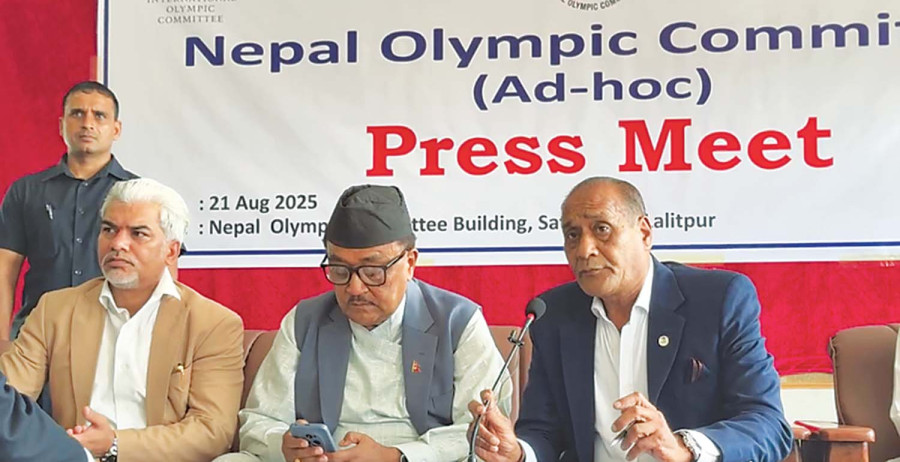
Nayak Paudel
On August 12, a nine-member ad-hoc committee of the Nepal Olympic Committee surfaced. The committee’s formation, with the consensus of officials from 23 sports associations, was revealed in a statement signed by Samim Miya Ansari as a member and the spokesperson. The committee had former NOC president Dhruba Bahadur Pradhan as its chair.
National Sports Council (NSC), the governing body of Nepali sports, which padlocked the NOC building on March 16 citing the newly elected NOC executive committee led by Jeevan Ram Shrestha as “illegal”, had unlocked the NOC building in Satdobato on Tuesday for the ad-hoc committee.
However, it was only on Thursday that the seven other members in the ad-hoc committee, their agendas and roles were revealed.
Chaired by Pradhan in the presence of four NSC board members—Kamal Bahadur Bhattarai, Bhan Bahadur Chand, Jagat Singh Dhami and Ram Chandra Shrestha—the ad-hoc committee organised a ‘press meet cum power show’ at the NOC building on Thursday afternoon.
As per the ad-hoc committee, Pradhan, who is also the chairman of Nepal Gymnastic Association, is their coordinator.
Alongside Ansari, who is the vice-chair of Nepal Wrestling Association and the former chairman of Muslim Commission, seven other members include Rajeev Bikram Shah, chairman of Nepal Athletics Association and the Minister for Karnali Province’s Economic Affairs and Planning; Sunil Shrestha, chairman of Nepal Fencing Association; Nilendra Raj Shrestha, chairman of Nepal Triathlon Association; Pushpa Das Shrestha, chairman of Nepal Shooting Association; Anil Sharma, chairman of Nepal Hockey Association; Brijendra Bahadur Hamal, chairman of All Nepal Table Tennis Association; and Rabi Rajkarnikar, chairman of Nepal Equestrian Association.
“The ad-hoc committee was formed after a discussion between 23 of the associations registered under NOC,” Pradhan said in the press meet. “We all firmly believe that the election on December 28 last year was against the prevailing laws and orders.”
During the ‘press meet’ held in a hall of the NOC building filled with members of different sports associations who dominated the number of journalists, many of whom did not even get a place to sit, Pradhan’s statements were accepted with a round of applause with hands that did not carry pens.
“The amendment of the NOC Constitution and the election were performed under self-centred interest [of Shrestha and his team] and against the orders of the Patan High Court and the Supreme Court,” Pradhan said. “We are trying to bring the NOC back on track.”
It took spokesperson Ansari over 18 minutes to read out the six-page press statement, which contained accusations against “Shrestha’s missteps”, the reason behind the ad-hoc committee formation, their roadmap, and the list of members of the committee and four sub-committees.
However, when the floor opened for questions from media personnel, no proper answers were received.
When asked if the ad-hoc committee was formed as part of the government’s interference into the matter, committee officials said it was formed after an understanding between the representatives of 23 associations. But Minister for Youth and Sports Teju Lal Chaudhary, on August 1, had declared the formation of the ad-hoc committee.
The ad-hoc committee tried keeping the government’s involvement away as the Olympic Charter, the constitution related to dos and don’ts of NOC and other concerned authorities, does not entertain ‘intervention from the government’ over the country’s NOC, which is an autonomous body.
“In order to fulfil their mission, the NOCs may cooperate with governmental bodies, with which they shall achieve harmonious relations,” the Olympic Charter states. “However, they shall not associate themselves with any activity which would be in contradiction with the Olympic Charter.”
Regarding the composition of the NOCs, the Charter states, “Governments or other public authorities shall not designate any members of an NOC.”
The involvement of Pradhan, who is currently a member of the parliament from Nawalparasi West-2 constituency representing Rastriya Prajatantra Party, and Shah, a Karnali province minister, also suggests that the state was intervening.
Further, responding to whether their formation was legitimate at a time when the case was under proceedings at the Supreme Court and the Patan High Court, Pradhan stressed that “it did not matter”.
Similarly, Pradhan, at the end of the press meet, argued that the ad-hoc committee did not concern itself with whether the International Olympic Committee (IOC) would recognise them or not.
Pradhan offered diplomatic responses rather than concrete answers. “I thought you [Pradhan] would give straight answers as you are a politician now,” a journalist asked. Pradhan said that this was how politics worked.
Meanwhile, listing their road map, the ad-hoc committee stated that they would coordinate with the IOC, Olympic Council of Asia (OCA) and other concerned bodies regarding their formation.
While they also assured that their formation would not hamper the participation of Nepali athletes in the events—including the 2026 Asian Games—organised under the IOC and OCA, it is still in question. It is because the OCA, in July, had rejected the list of games that was sent by the Ministry for Nepal’s participation in the upcoming Asian Games, citing that it was the sole right of the NOC.
According to the Olympic Charter, the IOC can withdraw its support and suspend the National Olympic Committees if they fail to comply with their law. There is now a high chance for the IOC to step in amid the NOC’s dispute, which can lead to suspension, a move that would restrict Nepali athletes from participating in major sporting events like the Olympics and Asian Games under the national flag.




 12.12°C Kathmandu
12.12°C Kathmandu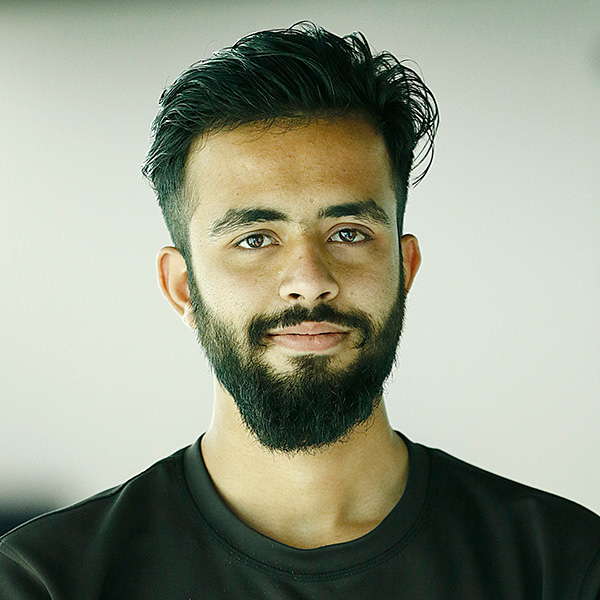
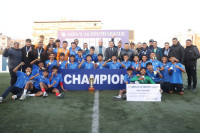
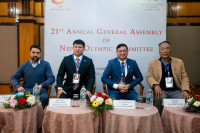
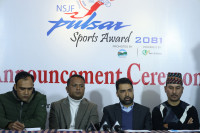
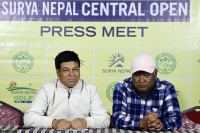





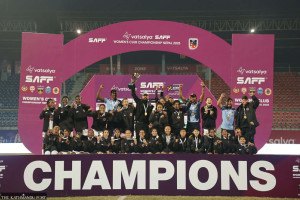
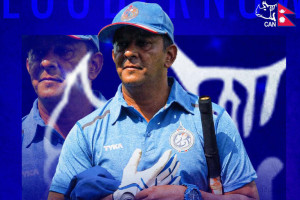

%20(1).jpg&w=300&height=200)

